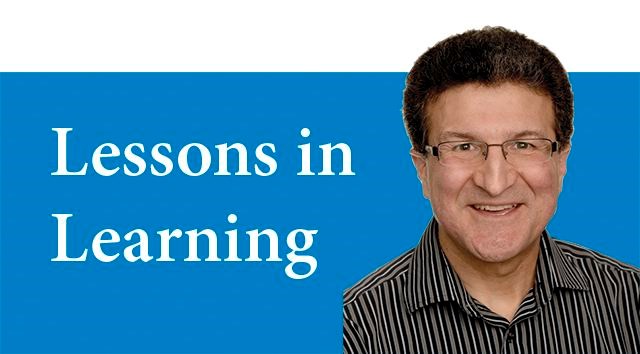We live in a time of great polarization.
While the post-Second World War era promised prosperity to all, in recent years we have seen a decline in real wages for the common person, exponential increases in salary for the heads of large corporations and government bailouts of businesses deemed "too big to fail."
In 2011, we saw the massive Occupy Wall Street rallies taking place all over the world. It was clear that many people were fed up with the state of the capitalist system, but this once massive movement arguably had little impact.
The sentiment is still palatable in many countries, however. Masses continue to cry out at the one per cent who supposedly control business, government, the media, our wages, and every aspect of our lives.
The fact of the matter is that no one controls us, unless we hand control over to them.
It is also true that the one per cent are not bad people, nor are they any smarter than the rest of us. Their schools are arguably no better than our schools (at least in Canada), they did not feel more love growing up, nor are they happier.
They do, however, live largely in isolation from the rest of the population, and many show by their actions that they are somewhat ignorant of the responsibility each person holds in bringing about the positive progression of humanity.
So, how do we bridge the gap between rich and poor? How do we bring about a world where there is enough for everyone, where every child is able to reach their full potential?
Through the years, we have protested, picketed and held rallies. These peaceful demonstrations have been somewhat effective, especially when combined with other forms of activism.
But there is a powerfully innovative group that has been largely ignored in traditional forms of activism and we are just learning to tap into their potential.
In a recent Ted Talk, Sarah Corbett explained why activism needs introverts. These sensitive and creative souls are able to meet together, talk, come up with creative ways to engage others in dialogue and bring about positive change.
Corbett gives the example of how her group made embroidered handkerchiefs and wrote letters, sharing an encouraging message with members of the governing board for a large department store in Great Britain. The board members were so touched that they invited Corbett and her friends to dialogue with them.
The result was that they were able to convince these powerful people to increase salaries for their employees to a living wage and they are now examining other ways to be more responsible corporate citizens.
We also need to remember that though the wealthy control the greatest share of political contributions, the 99 per cent control the vote.
Those of us living in democratic states are very fortunate to have governments designed to handle the flaws of capitalism. We must never forget that we have been here before. In the last century, we saw tremendous poverty and economic injustice but the people demanded social programs and protection for workers. Though the laws did change and life improved for many, we have seen a regression in recent decades.
In his documentary Saving Capitalism, former American secretary of labor Robert Reich concludes by giving advice on how to be a citizen activist.
We must be tenacious and patient. Social change takes time.
We must also engage in dialogue with people who disagree with us, as Corbett and her friends are doing. We may learn from them and they may learn from us.
Finally, we need to have fun. It feels very good to work with others in bringing about positive and significant social change.
Our interactions with others help us come to the realization that the concept of polarization is a mere myth. There is no "us" or "them." There is only a diverse and beautiful "we," and we can thus be confident that we will find the answers we are looking for as we move forward together.



